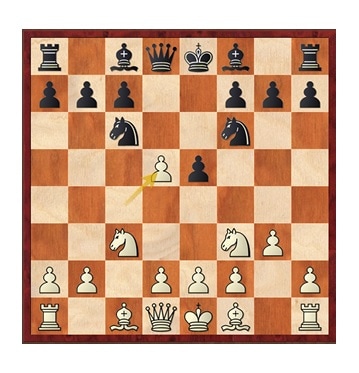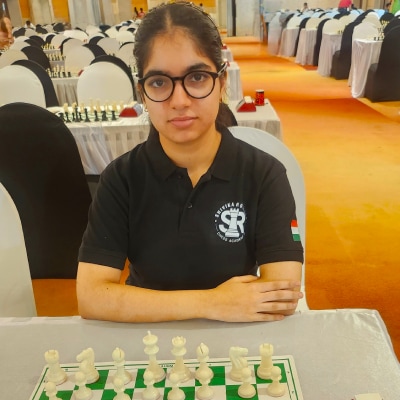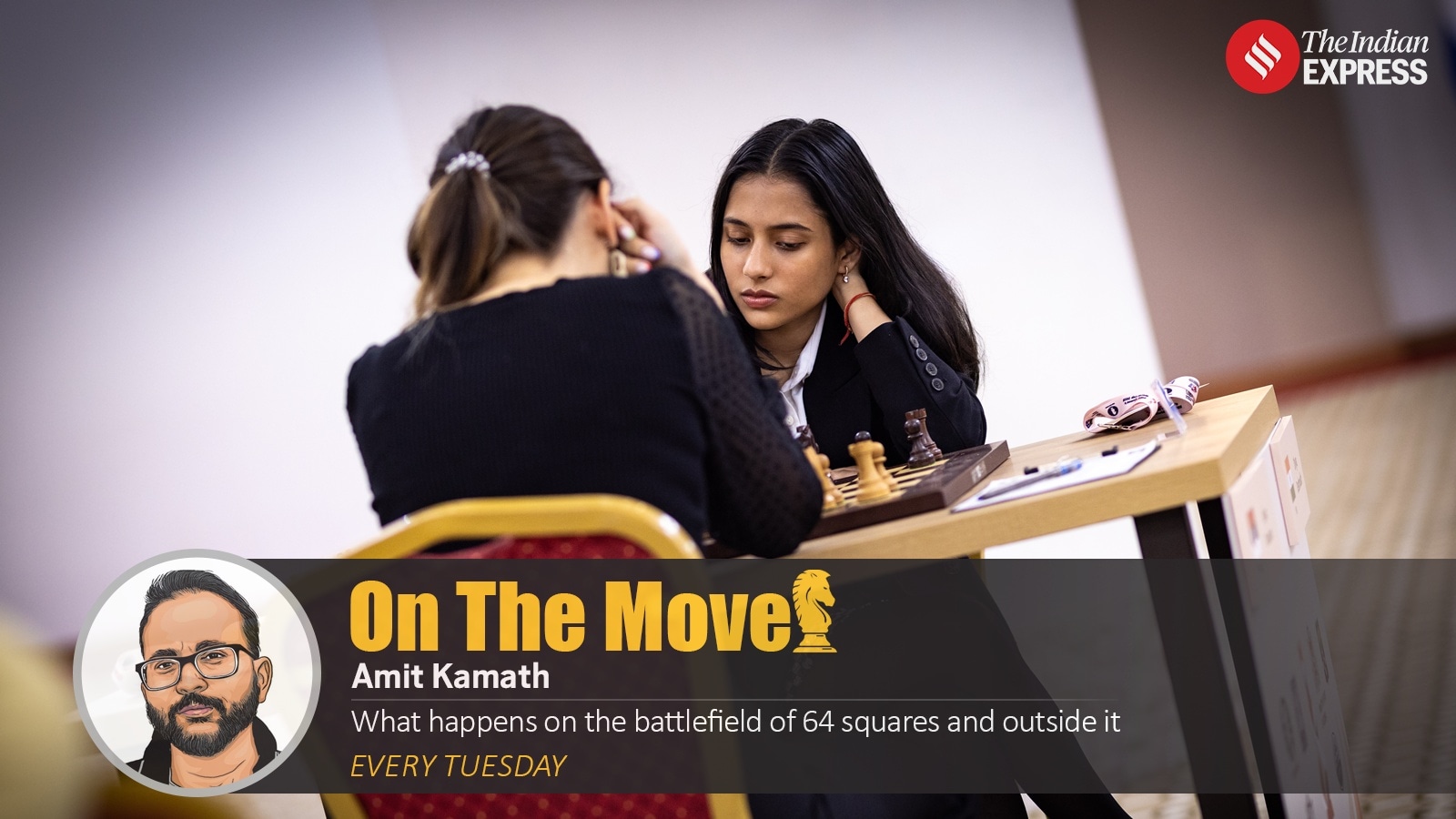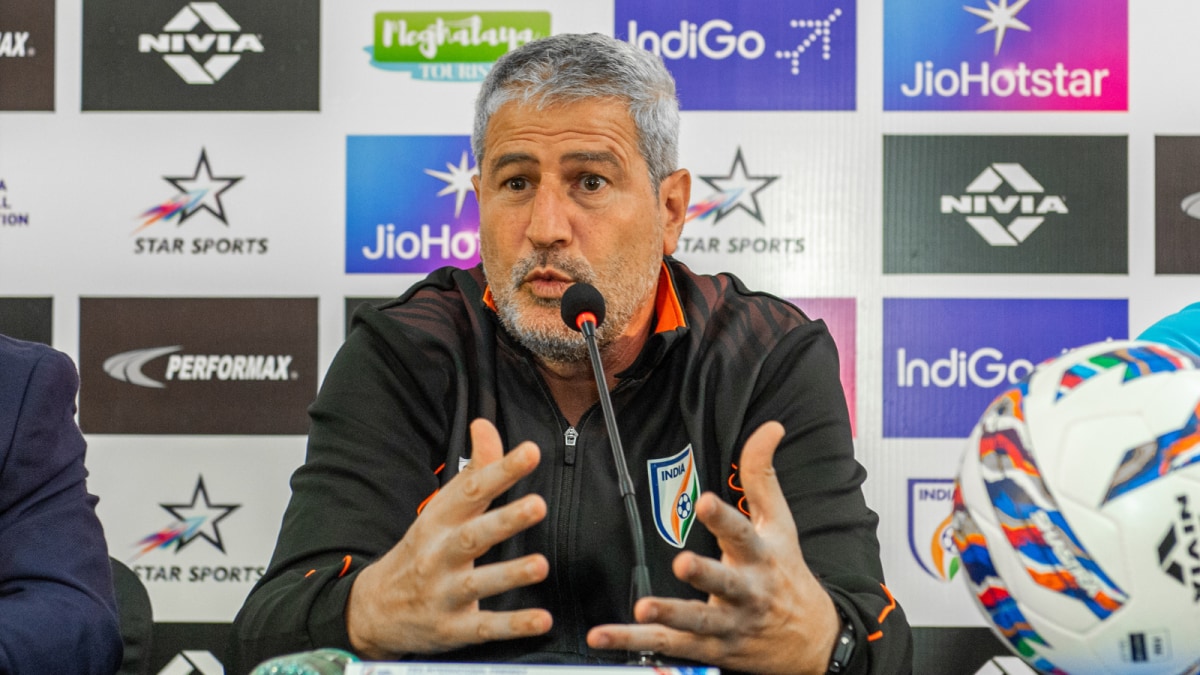ARTICLE AD BOX
EDITOR’s NOTE: Chess 101 is a series on helping strengthen chess fundamentals with breakdowns from Shivika Rohilla, a Woman FIDE Master based in New Delhi, who is also the founder of the Shivika Rohilla Chess Academy (SRCA).
The move 1.c4, known as the English Opening, has long held a unique place in the landscape of chess openings. Often seen as a quieter, more positional alternative to the aggressive 1.e4 or the flexible 1.d4, the English offers a sophisticated way to fight for the center without immediate confrontation. The English is more prevalent and malleable than the other openings we have examined, like 1.b4 or 1.f4. The opening’s “English” term comes from Howard Staunton, one of the game’s early champions, who popularized it in international competition in the 19th century. At the greatest levels of competition, it has proven to be a potent weapon in the hands of luminaries like Garry Kasparov, Magnus Carlsen, and Vladimir Kramnik. Players that appreciate flexibility, structure, and long-term strategy love it because of its versatility in middlegames, which range from symmetrical struggles to reverse Sicilian attacks.
Bobby Fischer vs Boris Spassky, World Championship 1972 (Game 6), is one of the most famous and historically significant games ever played in English. Fischer played 1.c4 instead of his routine 1.e4. His positional play and thorough comprehension of the ensuing structures resulted in one of his most memorable triumphs, as well as a psychological tipping moment in the match. This position emerged after 14 moves, with Fischer having the upper hand.
 English Opening at the Bobby Fischer vs Boris Spassky, World Championship 1972 Game 6
English Opening at the Bobby Fischer vs Boris Spassky, World Championship 1972 Game 6
Another memorable and critical game was played in 2010: Anand vs. Topalov – World Chess Championship (Game 11). The following position developed after the first five moves, and it demonstrates the fundamental framework that can be expected in English if it fails to migrate into other openings with the Queen’s pawn.
 English Opening in Game 11 of the 2010 World Chess Championship game between Viswanathan Anand and Veselin Topalov
English Opening in Game 11 of the 2010 World Chess Championship game between Viswanathan Anand and Veselin Topalov
Quiet but crafty, 1.c4 is chess’s sneaky ninja—stealthily controlling the center and surprising opponents with rich tactics. From old-school legends to today’s champs, it’s the move that proves subtlety can pack a powerful punch on the board.
Want to improve your chess basics? Or are you looking for an unconventional way to catch your opponent off-guard from the opening? Read all the articles from the Chess 101 series about chess openings here
Shivika Rohilla is a Woman FIDE Master based in New Delhi. At just 17, she founded the Shivika Rohilla Chess Academy (SRCA), which she runs alongside her mother, Dr Nidhi Bhasin Rohilla, and national instructor Yogender Sharma. Passionate about both chess and education, Shivika recently passed Class XII with an impressive 95%, scoring a perfect 100 in English. And right on the heels of that, she scored her second Women International Master norm, raising hope that Delhi could get its second WIM after decades-long wait. The 18-year-old firmly believes that excellence in chess and academics can go hand in hand—and is living proof that it’s possible to pursue both with dedication and discipline. Through SRCA, she is also working to promote chess among girls and young women. ... Read More



.png)
.png)
.png)



























 English (US) ·
English (US) ·